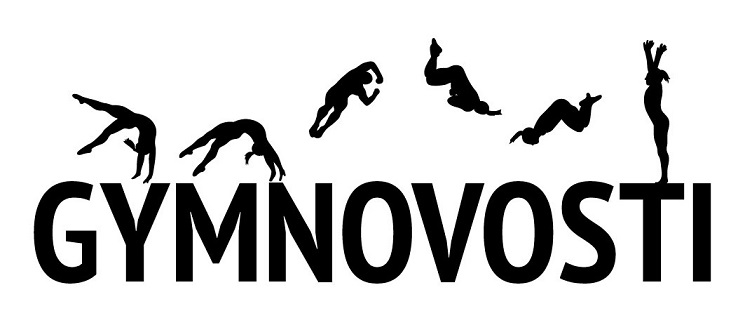Denis Abliazin won Olympic silver on vault for the third time – he previously placed the same in London and Rio. His silver caused some controversy because his average of two vaults was the same as that of Shin Jea-hwan but the tiebreaking procedure on vault differs from the procedures on other events. In other finals, ties are broken by the execution score. If that was the case on vault, Abliazin would have won as he had higher execution. However, the tie was broken by the highest single vault score and Shin got 14.833 for his second vault, while Abliazin’s highest score was 14.800. It seems that Abliazin was not aware of that and even after the competition, he was under the impression that a gymnast with the highest difficulty wins the tiebreak (which would also be Shin who had a 6.0 vault).
Q: What are you feeling now? Are you angry, upset, or infuriated by this decision and these scores?
A: No, everything’s fine. I’m happy with my results. I came out and did my two vaults. Everything’s fine.
Q: People are calling this a judging anarchy. Do you agree with it?
A: I don’t know. I don’t have a right to comment on it. What for? My task is to do the job. To vault, to do rings, to do floor. That’s it. It doesn’t concern me how the judges are scoring it.
Q: When you saw the score, did you think that you won?
A: No. I saw the same score [as Shin] and that I was second. My first thought was that they break the tie according to the difficulty. So, that’s how it is.
Q: So, you’re happy with the silver?
A: Of course, I’m happy. It’s my third Olympics and third individual medal.
It was actually Abliazin’s fifth individual medal – in addition to two silvers on vault, he won bronze medals on floor in 2012 and rings in 2016.
Valentina Rodionenko said Abliazin is not retiring after these Olympics:
“Denis told me that he won’t retire after Tokyo. He wants to rest and then he plans on competing again.”
Artur Davtyan who won bronze on vault, also at his third Olympics, did not know the tie-breaking rules on vault either:
“We can all think different things [about the results]. The rules are the rules. Whether I like them or not is a different question. Vault tie is broken differently than on floor or bars. Honestly, I didn’t know that either. I learned that yesterday. The rules are the rules for everyone. We have to accept it and compete.”
Nikita Nagorny, the reigning World vault champion, finished fifth in the final. Just like yesterday on floor, he was one of the favorite for a medal here but was unable to reach the top three. He said he was sad about his performances:
“My main dream in the sport was to win an [Olympic] team gold. It came true. I also have an individual medal – that’s good. But I am sad because of my performances. Unfortunately, I’m not showing my best now. I can do everything much better, we haven’t seen it here. Every day of the Olympics takes a piece of me, I’ll need to think about everything when I come back.”
He was quite confused about the tie-breaking rules as well, especially after the tie for bronze in the women’s floor final was not broken:
“Honestly, I know that there was a rule to break ties. But since 2015, they started breaking by the execution – whoever did it better wins. But now we came to the Olympics and the explanations here are somewhat unclear. The ties for girls are broken, then – boom – not broken. It happens but it’s nonsense for us. According to the rules we know, Denis is the Olympic champion [on vault]. perhaps, legally, such a rule exists. After all, they can sign something an hour before the competition. In my opinion, it’s necessary to work according to the rules everyone is used to. It’s a pity that this happened to Denis. It would have been nice to have a gold medal for our country.”
Even though it appears that Nagorny believes the tie-breaking rule on vault is new, it was already in place back in 2012.
Photo: Russian Artistic Gymnastics Federation
Support Gymnovosti on Patreon from only $1 a month and help us bring to you even more awesome gymnastics coverage!




Actually, when applying for the FIG license, every gymnast confirms with their signature, that they have read, understood and comply with the FIG Statutes, Technical Regulations (that’s where all the tie-breaking rules are), Code of Points, Code of Ethics, Anti-Doping Rules, etc., etc. and their amendments. The list is far too long to repeat here. It can be found in Art. 3 of the FIG Licensing Rules.